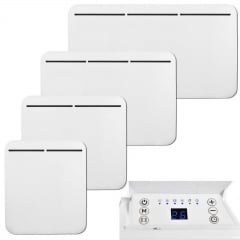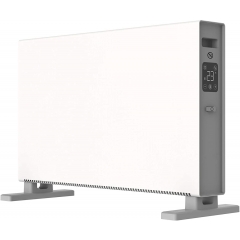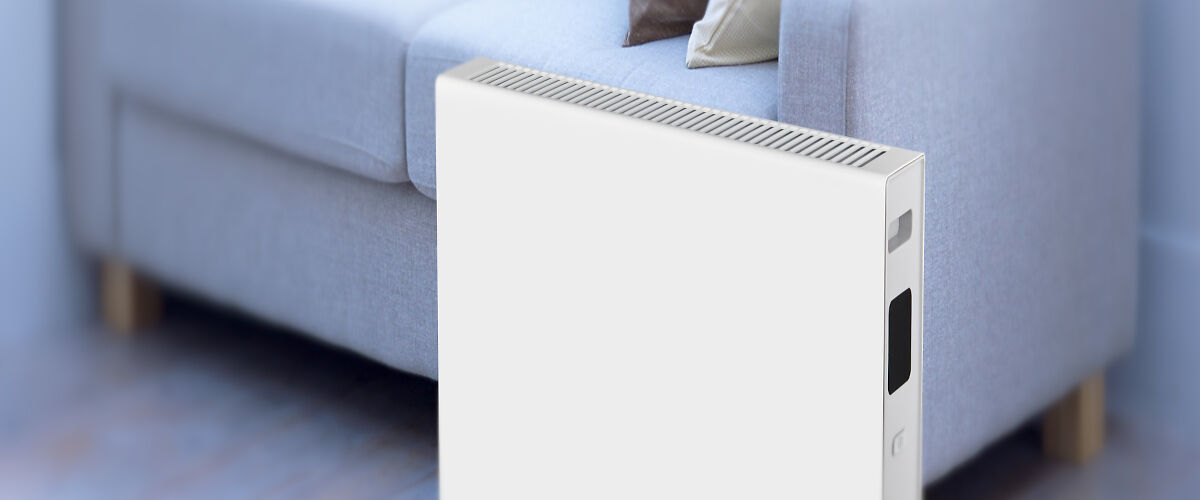
Convector Heaters
Convection heaters are a low-cost, no-nonsense way to keep your home or office cosy in the winter. With portable options that will help provide additional heat or larger more powerful models to heat whole rooms. We have something to suit your needs!
Simple but Effective Heating
Convection heaters are a low-cost, no-fuss way to keep cosy in the winter. They come in and shapes and sizes and modern models are usually packed with energy-saving features. Here’s a list of things to look out for so you can best decide which is the best convector heater for you!
Installation
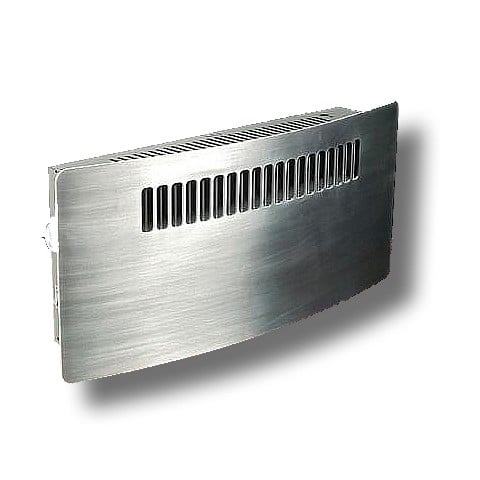 Before you look at anything else, you need to look at the place you want to heat and what your requirements are. Do you want a wall-mounted heater or a portable, free-standing one? If you’re really limited on floor space, a wall-mounted option may be better as they tend to fit tightly against the wall without taking up much room. However, a free-standing model gives you the freedom to move it around wherever you want, so it’ll offer you more flexibility. Some models can be used as either a free-standing or a wall-mounted heater, but not all of them, so be sure to check this before you buy.
Before you look at anything else, you need to look at the place you want to heat and what your requirements are. Do you want a wall-mounted heater or a portable, free-standing one? If you’re really limited on floor space, a wall-mounted option may be better as they tend to fit tightly against the wall without taking up much room. However, a free-standing model gives you the freedom to move it around wherever you want, so it’ll offer you more flexibility. Some models can be used as either a free-standing or a wall-mounted heater, but not all of them, so be sure to check this before you buy.
Power
The more powerful a heater is, the warmer it can get. Obviously, larger rooms need more powerful heaters to circulate the warmth around the room properly. A general rule of thumb is that you need 100W power for every square metre in your room (for example, if you have a room that’s 10m², you’ll need a 1kW heater to warm it properly). This can vary slightly depending on the insulation of the room, whether it’s south-facing, whether it’s carpeted, and a few other factors.
It’s tempting to simply go for the most powerful heater you can find, but that’s not always a good idea. Choose an appropriately-powered heater to ensure you’re making the most out of your energy costs – if you only want to heat a small spare room, choosing a 3kW convection heater will likely just overheat it even on a lower setting. Work out how much power you need in your room and choose a heater that’s a little bit more powerful than that. This can be run on a lower setting most of the time but will still give you some flexibility if the temperatures get really cold.
Thermostat Control
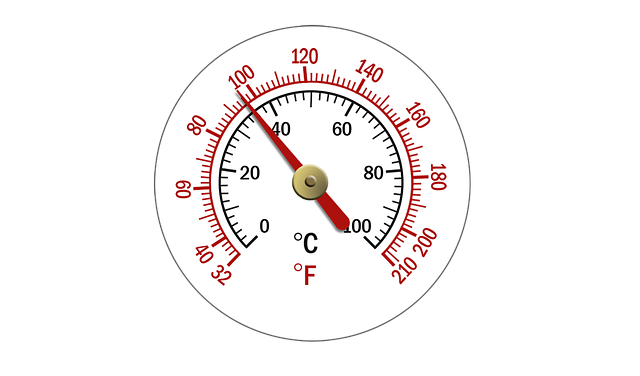 Many older electric heaters are controlled by a limited number of temperature pre-sets. These pre-sets can often be too hot or too cold, so they’re not the most efficient option. Modern heaters use thermostat control, which lets you set your room temperature – right down to the degree – just the way you like it! This means you’ll be perfectly comfortable, but it also means that you won’t waste a penny on overheating your room.
Many older electric heaters are controlled by a limited number of temperature pre-sets. These pre-sets can often be too hot or too cold, so they’re not the most efficient option. Modern heaters use thermostat control, which lets you set your room temperature – right down to the degree – just the way you like it! This means you’ll be perfectly comfortable, but it also means that you won’t waste a penny on overheating your room.
Because thermostat control works based on your room temperature, it adjusts the output of your heater to keep your room at exactly your set temperature. This means that, once it detects the room has reached its target temperature, it’ll actually shut itself off until the room starts to cool down. It’ll carry on turning itself off and on as required to ensure the room temperature doesn’t change, so for every hour you run your heater, it’ll only actually draw power for a fraction of that time!
There are a few things to be aware of when it comes to thermostat controls, though. If your heater isn’t powerful enough, it won’t put out enough heat to warm your room to its target temperature. This means it’ll continue working flat-out to try and reach an impossible target, so you won’t see any benefit from the thermostat control. The same thing happens if you leave a window open. If draughts from open windows and doors are an issue for you, you may want a heater with open window detection.
Timers
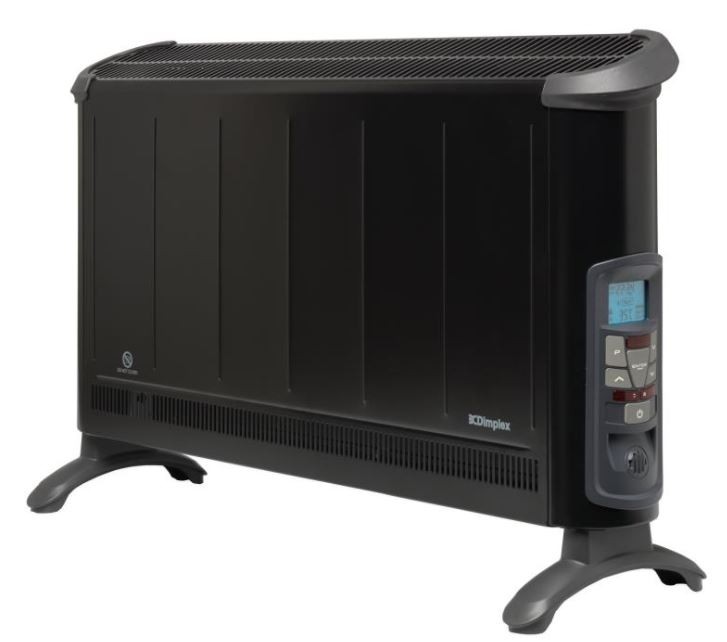 Timers are a convenient way to get your heater working according to your schedule. If you’re the forgetful sort, a heater with a timer can also help reduce wasted energy as you won’t have to worry about forgetting to turn it off! You probably know what a timer does, but what you may not know is that there are two different types of timers.
Timers are a convenient way to get your heater working according to your schedule. If you’re the forgetful sort, a heater with a timer can also help reduce wasted energy as you won’t have to worry about forgetting to turn it off! You probably know what a timer does, but what you may not know is that there are two different types of timers.
The first is the simple countdown timer. A heater fitted with one of these will allow you to program the unit to turn on or off after a certain amount of time. They’re useful for when you want to keep your heater on while you go to sleep but then shut it off during the night.
The second type is the 24-hour timer. These timers are a bit more complicated but they do offer much more flexibility. They allow you to program your heater to turn on, off, up, or down at hourly intervals. This means you can truly make them work to your schedule! You can program them to turn on when you get in from work, turn up a few hours later while you watch TV, then shut off during the night while you sleep. You can repeat and adjust this pattern 7 days a week if you like!
Turbo Fans
Convector heaters use a fan to help circulate warm air around the room. Turbo fans spin faster and can move more air, so they can heat up larger rooms a little quicker.
IP Ratings
If you want to install your heater in the bathroom, you’ll need one that’s splashproof. That means you need one with the right IP rating. IP stands for ingress protection, and it’s the way we measure how well-sealed an electrical appliance is. IP ratings come in the form of two numbers (for example, IP24). The first number shows how well-protected the appliance is against solid objects (like fingers, tools, and dust) on a scale of 1-6. The second number shows how well-sealed it is against water, this time on a scale of 1-9. You might also see one of the numbers replaced by an X – in this case, the unit hasn’t been tested (so a heater that’s IPX4 rated hasn’t been tested against solid objects, for example).
When looking for a bathroom heater, you need a unit that’s at least IPX4 rated. This means it’s protected against splashing water from all directions. Once the unit is installed on your wall (we recommend you use a qualified electrician to do this), you can use it just like a regular convection heater!




